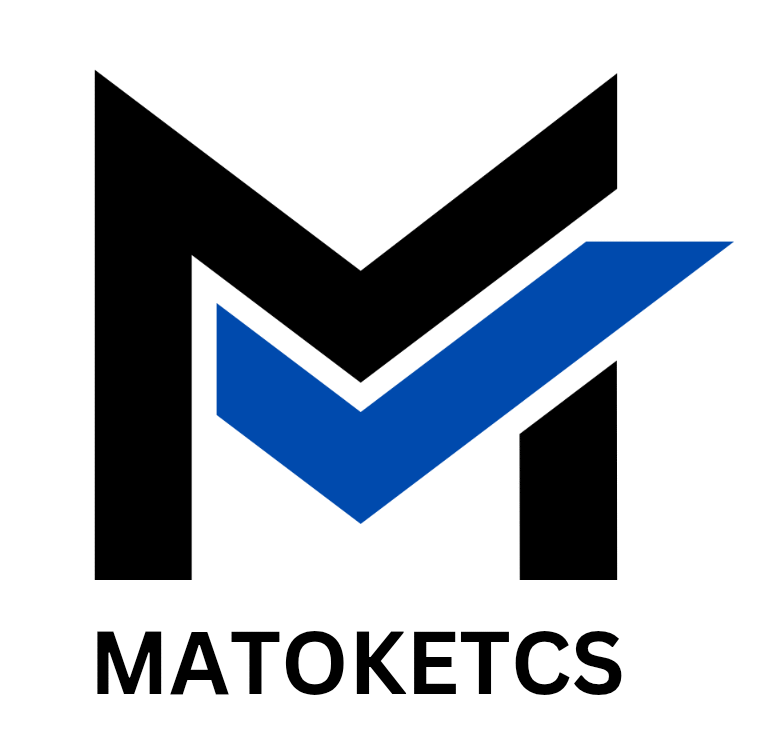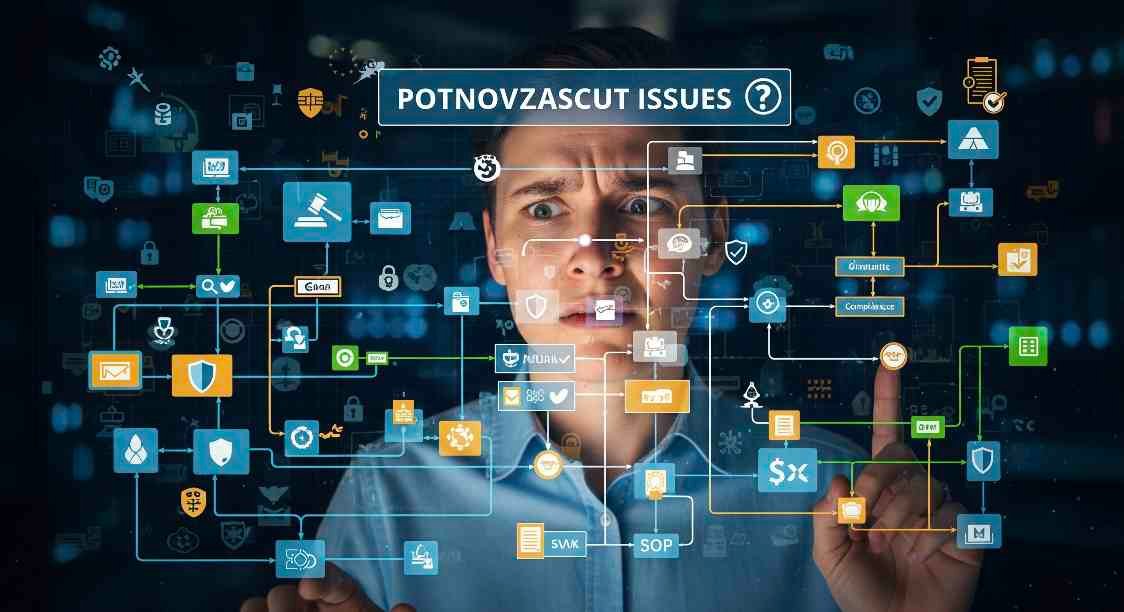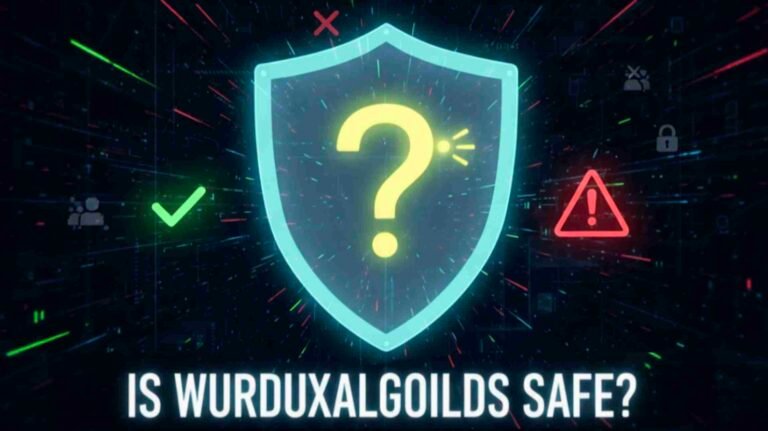What About Potnovzascut Issues? A Comprehensive Guide 2025 to Understanding and Addressing the Problem
As technology evolves, new systems and terms emerge that often leave people confused or misinformed. One such topic is what about potnovzascut issues, a phrase that’s recently gained traction in discussions around digital systems, regulatory concerns, and compliance protocols. But what exactly are potnovzascut issues, and why should we care?
In this article, we’ll break down the topic, explore where the issues arise, how they impact businesses and users, and what steps can be taken to mitigate them.
Understanding Potnovzascut: Definition and Context
Before diving into the issues themselves, it’s important to understand what potnovzascut refers to. While not widely defined in mainstream media, in certain circles—especially within cybersecurity, regulatory compliance, and decentralized systems—the term “potnovzascut” is used to refer to a category of procedural or policy conflicts that emerge during integration or system updates.
These issues may be technical, legal, or ethical, depending on the environment. They usually arise when there’s a misalignment between traditional protocols and modern digital systems.
Where Do These Issues Commonly Appear?
- Blockchain and decentralized platforms
- Digital ID systems
- AI regulation frameworks
- Data privacy and GDPR compliance
Understanding what about potnovzascut issues means looking beyond the surface of tech and asking: Are we prepared for the complexity that comes with innovation?
Technical Challenges Surrounding Potnovzascut
From a development standpoint, one of the most frustrating parts of potnovzascut-related problems is the hidden nature of the conflict. These aren’t always visible errors. They often manifest as inconsistent system behaviors, permissions not aligning with intended use, or regulatory flags during audits.
Examples of Technical Conflicts
- Code mismatches between platforms
- Outdated encryption standards
- Cross-platform compatibility issues
- API authorization failures
For developers and engineers, identifying and resolving these issues requires a deep understanding of both legacy systems and cutting-edge technology.
Compliance and Legal Implications
If you’re a business handling sensitive data, then what about potnovzascut issues becomes more than a technical inconvenience—it becomes a legal liability.
Many organizations unknowingly fall out of compliance due to these nuanced errors. Whether it’s data storage practices that contradict regional laws or AI decision-making processes that lack transparency, potnovzascut conflicts can be legally damaging.
Key Legal Considerations
- Are your systems aligned with GDPR, HIPAA, or local privacy laws?
- Is there clear documentation for decision-making algorithms?
- Are you prepared for audits or government inquiries?
Compliance teams must work closely with IT departments to prevent these issues from escalating into fines or reputational damage.
User Experience and Ethical Concerns
From a user’s perspective, potnovzascut issues may show up as confusing interfaces, lack of transparency, or even unethical use of personal data. In today’s trust-sensitive digital age, one poor user experience can damage a brand’s reputation.
It’s essential to consider how these issues affect not just internal operations but the end-user. Transparency, consent, and clarity are no longer optional—they’re expected.
How Users Are Affected
- Consent not properly obtained for data use
- Ambiguous terms of service
- Systems behaving unpredictably
- Delays in service due to backend inconsistencies
So when we ask what about potnovzascut issues, we also need to ask—how are users protected from them?
Strategies to Mitigate Potnovzascut Issues
The good news? These problems are not unsolvable. Like any other system-based challenge, potnovzascut issues can be addressed with foresight, collaboration, and rigorous process auditing.
Best Practices for Prevention
- Cross-department Collaboration
Involve legal, compliance, engineering, and UX teams early in the development lifecycle. - Regular System Audits
Don’t wait for things to break. Run regular checks for outdated protocols, redundant permissions, or hidden conflicts. - Use Compliance-First Frameworks
Build your systems with regulation in mind, not as an afterthought. - Train Your Teams
Ensure your staff understands what potnovzascut challenges look like, and how to report or prevent them.
By staying proactive, companies can avoid asking what about potnovzascut issues after the fact—and instead, build resilient systems from the ground up.
FAQ’s
Q1: What does the term potnovzascut actually mean?
A: While not a mainstream term, “potnovzascut” typically refers to systemic issues caused by conflicts between traditional and digital systems, often in regulatory or technical environments.
Q2: Who should be concerned about potnovzascut issues?
A: Businesses, developers, compliance officers, and anyone working with integrated digital platforms should be aware of these issues.
Q3: Can these issues lead to legal consequences?
A: Yes. If unresolved, potnovzascut conflicts can result in non-compliance, leading to fines or legal action.
Q4: How can I tell if my system has potnovzascut issues?
A: Inconsistencies in behavior, repeated errors, or compliance audit flags may indicate underlying potnovzascut problems.
Q5: What’s the first step to solving these issues?
A: Conduct a full audit of your systems with a focus on compliance, data flows, and permission structures.
Conclusion: Facing Potnovzascut Issues with Confidence
The question isn’t just what about potnovzascut issues, but what are we doing about them? As systems grow more complex and interconnected, the risks tied to policy-technology conflicts rise. Organizations that ignore these issues risk legal troubles, user distrust, and system failures.
But with awareness, collaboration, and a proactive mindset, potnovzascut problems can be managed. Whether you’re a developer, business owner, or compliance officer, understanding these challenges is the first step toward building more robust, trustworthy systems.






